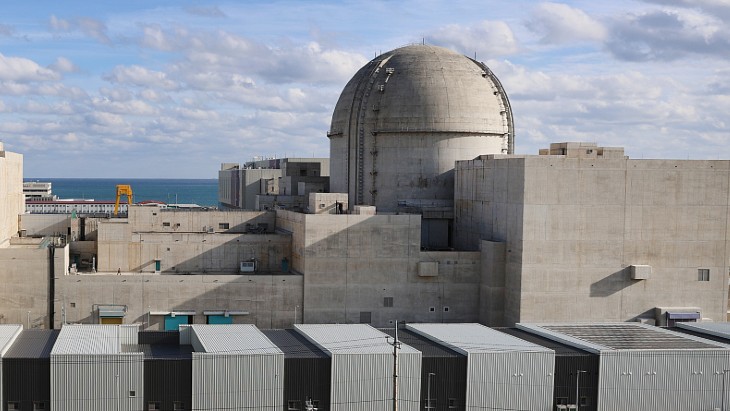When completed, the new shaft will be the largest at the New Mexico site, at 26 feet (nearly 8 metres) in diameter and reaching a depth of 2275 feet. Drifts, or passageways, will be excavated at the 2150-foot level to match the rest of the WIPP underground that will eventually connect to the shaft.
Shaft excavation has now reached 56 feet by using a mini excavator and crane-lifted buckets. It will be continued by a process of drilling small holes in one-half of the bottom of the shaft and setting off small emplaced explosive charges in a sequential pattern. The debris will be excavated, and the process repeated in an ongoing work pattern, 24 hours a day over five days a week plus one extra shift on Saturdays. When the excavation reaches 100 feet, a five-story multiplatform unit with a remote-controlled excavator underneath it will be lowered into the shaft to continue the work.
WIPP is the USA's only repository for the disposal of transuranic, or TRU, waste which includes clothing, tools, rags, residues, debris, soil and other items contaminated with small amounts of plutonium and other man-made radioactive elements from the US military programme. The repository is excavated out of a natural rock salt layer 650 metres below ground, and has been operational since 1999.
Operations at WIPP were temporarily suspended following a truck fire and unrelated radiological event in 2014. Waste emplacement operations resumed in January 2017. Various infrastructure developments, including the installation of a new USD288 million Safety Significant Confinement Ventilation System to increase the airflow of the underground portion of the WIPP facility, are being carried out since the resumption of operations.

.jpg)



_72306.jpg)


_49562.jpg)





